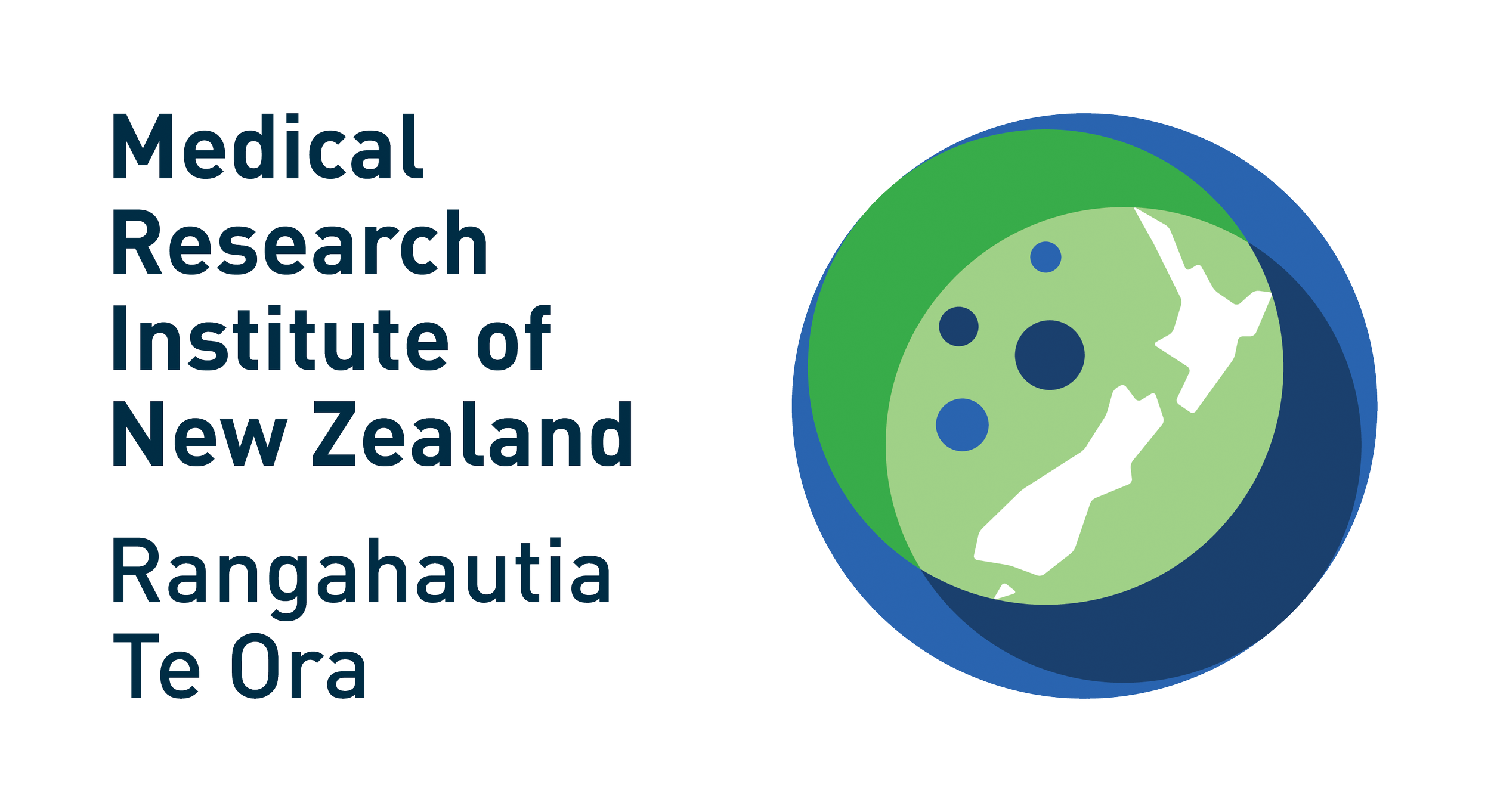Oxygen
Physiological Effects
Oxygen therapy has been demonstrated to place patients with acute exacerbations of chronic obstructive pulmonary disease (COPD) at risk of carbon dioxide retention and poor clinical outcomes. This has led to a change in practice with more careful use of oxygen given to such patients transferred by ambulance to hospital. However an audit of management in Wellington has shown that while oxygen therapy is more carefully controlled, its use to drive bronchodilator nebulisers still leads to inappropriately excessive delivery of oxygen. This has led to a Health Research Council of New Zealand-funded study which has shown that the use of air is safer than oxygen in the nebulisation of bronchodilators in acute exacerbations of COPD. Comment: This study is an example of how clinical research is guided by the findings of audits of clinical practice.
Critical illness
Oxygen is common treatment in patients who need care in an ICU. In partnership with investigators in Australia and France we completed a pilot trial comparing conservative with liberal oxygen therapy in ICU patients requiring life support. This study was published in 2015 in the American Journal of Respiratory and Critical Care Medicine, which is the highest impact journal in the field of Intensive Care Medicine. This trial laid the foundation for a 1000 participant multicentre randomised controlled trial evaluated oxygen therapy in adults requiring life support in Intensive Care. The trial has been funded by the Health Research Council of New Zealand and has recruited more than 600 participants.
Comment: This HRC-funded study will not only inform clinical practice in the use of oxygen therapy in the ICU, but also oxygen therapy in other clinical situations.
High Flow Delivery Devices
MRINZ has also been investigating the use of a device from Fisher & Paykel Healthcare called AIRVO which delivers high flow humidified air through nasal prongs to patients with respiratory conditions. In a large clinical trials we have shown that the AIRVO device is safe to use in patients with stable COPD and determined the physiological effects of different flow rates administered through the device. We are now undertaking a study to compare the effect of AIRVO versus noninvasive ventilation via a bi-level device in COPD patients with severe disease.
The collaboration with Fisher & Paykel Healthcare represents an important priority for the MRINZ, in its commitment to support the New Zealand biotechnology industry.







